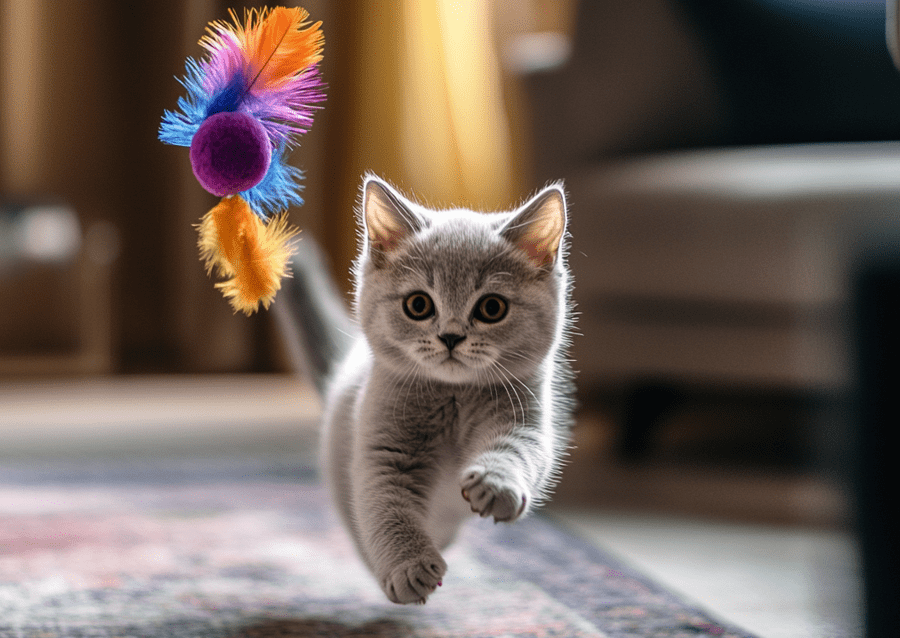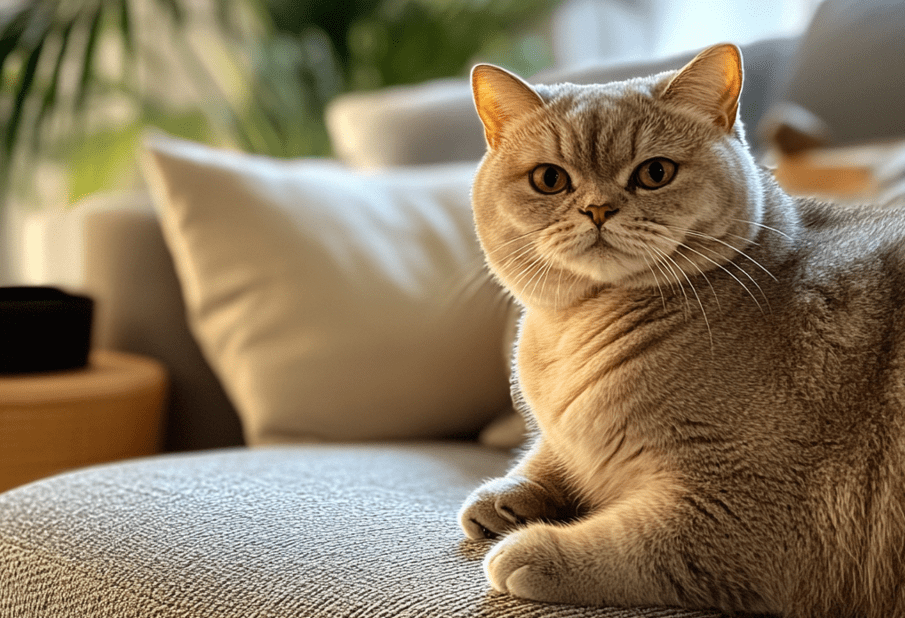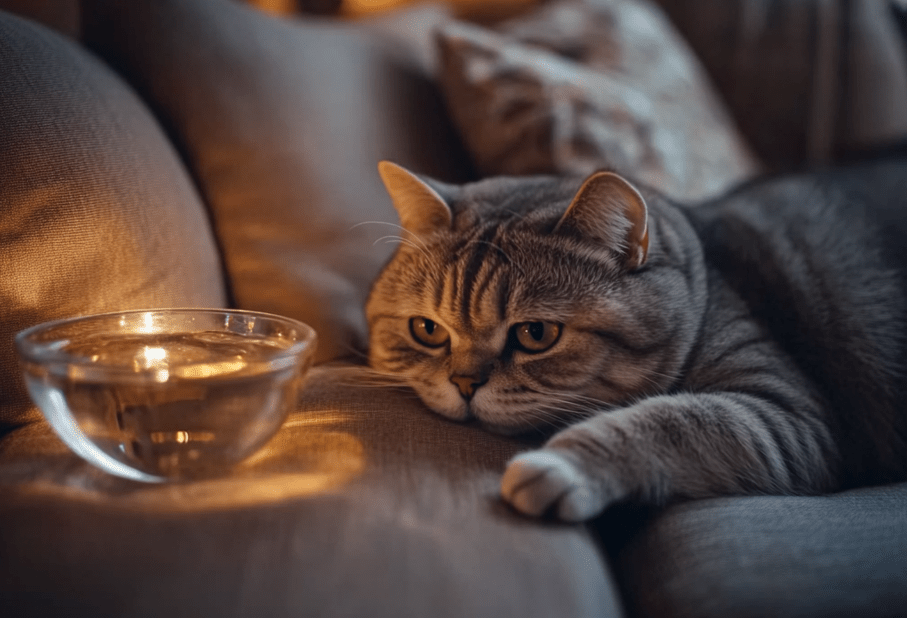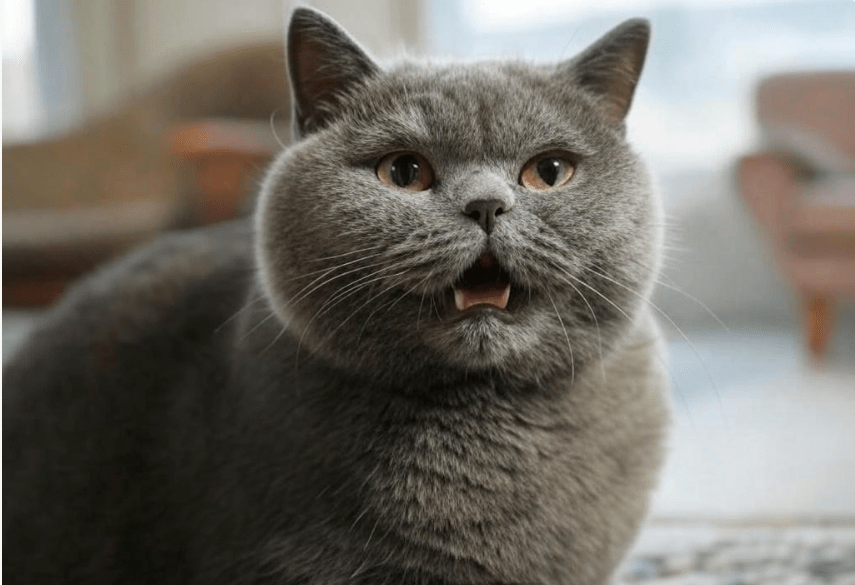
Regular grooming for your British Shorthair is more than just a beauty routine—it’s a key factor in enhancing their mood, health, and overall well-being. As a proud owner of this charming, plush-coated breed, you may already adore their teddy-bear-like appearance and calm demeanor. However, maintaining their iconic dense coat and ensuring their comfort requires consistent care. Regular grooming for British Shorthairs not only keeps them looking their best but also fosters a stronger bond between you and your feline friend, positively impacting their emotional and physical health.
In this comprehensive guide, we’ll explore why regular grooming is essential for your British Shorthair, how it boosts their mood, and practical tips to make grooming a stress-free experience. Whether you’re a new or seasoned cat owner, this article will provide valuable insights to help your British Shorthair thrive.
The Importance of Regular Grooming for British Shorthairs

Understanding the British Shorthair’s Unique Coat
The British Shorthair is renowned for its dense, plush coat that gives it a distinctive, cuddly appearance. This thick coat, while beautiful, is prone to matting, shedding, and trapping dirt or debris. Unlike long-haired breeds, the British Shorthair’s short, compact fur may seem low-maintenance, but it still requires regular attention to stay healthy. Without consistent grooming, their coat can become dull, uncomfortable, or even lead to skin issues.
Regular grooming for British Shorthairs ensures their coat remains soft, shiny, and free from tangles. It also promotes healthy skin by distributing natural oils, which contribute to their overall comfort and happiness.
How Grooming Impacts Mood
Cats, including British Shorthairs, are highly sensitive to their physical environment. An uncomfortable coat—whether due to mats, excess fur, or dirt—can cause stress, irritability, or even anxiety. Grooming helps alleviate these discomforts, creating a sense of calm and contentment. Additionally, the act of grooming mimics the social bonding behaviors cats engage in with each other, reinforcing trust and affection between you and your pet.
When you groom your British Shorthair regularly, you’re not just maintaining their appearance—you’re enhancing their emotional well-being. A clean, comfortable cat is a happy cat, and a happy cat is more likely to engage in playful, affectionate behavior.
Benefits of Regular Grooming for Your British Shorthair
1. Improved Coat and Skin Health
The British Shorthair’s dense coat can trap loose fur, dander, and debris, which may lead to skin irritation or infections if not addressed. Regular brushing removes dead hair, prevents matting, and stimulates blood flow to the skin. This promotes a healthy, glossy coat and reduces the risk of dermatological issues.
Tip: Use a soft-bristled brush or a grooming glove designed for short-haired breeds to gently remove loose fur without irritating their skin.
2. Reduced Hairballs
Hairballs are a common issue for cats, especially for a breed with a thick coat like the British Shorthair. When your cat grooms itself, it ingests loose fur, which can accumulate in their stomach and cause discomfort. Regular grooming minimizes the amount of loose fur your cat swallows, reducing the frequency and severity of hairballs.
Tip: Incorporate a weekly brushing routine to catch loose fur before it becomes a problem. During shedding seasons (spring and fall), increase brushing to every other day.
3. Enhanced Bonding Time
Grooming sessions provide an opportunity to strengthen the bond with your British Shorthair. The gentle touch of brushing or combing mimics the sensation of being groomed by another cat, which is soothing and comforting. Over time, your cat will associate grooming with positive attention, making them more relaxed and affectionate.
Tip: Pair grooming with treats or praise to create a positive association. Keep sessions short and calm, especially if your cat is new to grooming.
4. Early Detection of Health Issues
Regular grooming allows you to inspect your British Shorthair’s skin, coat, ears, and nails for any abnormalities. You may notice lumps, bumps, fleas, or signs of allergies that could otherwise go undetected. Early identification of health issues can lead to prompt veterinary care, ensuring your cat stays healthy and happy.
Tip: While grooming, check for redness, bald patches, or unusual odors, and consult your veterinarian if you notice anything concerning.
5. Stress Reduction and Mood Enhancement
A well-groomed British Shorthair feels more comfortable in their own skin, which directly impacts their mood. Mats, dirt, or tangled fur can cause physical discomfort, leading to irritability or lethargy. By keeping their coat clean and tangle-free, you help your cat feel relaxed and content, boosting their overall emotional health.
Tip: Create a calm grooming environment with minimal distractions. Use soothing tones and gentle movements to keep your cat at ease.
How to Groom Your British Shorthair: A Step-by-Step Guide
Grooming a British Shorthair doesn’t have to be complicated. With the right tools and approach, you can make it an enjoyable experience for both you and your cat. Here’s a detailed guide to grooming your British Shorthair effectively.
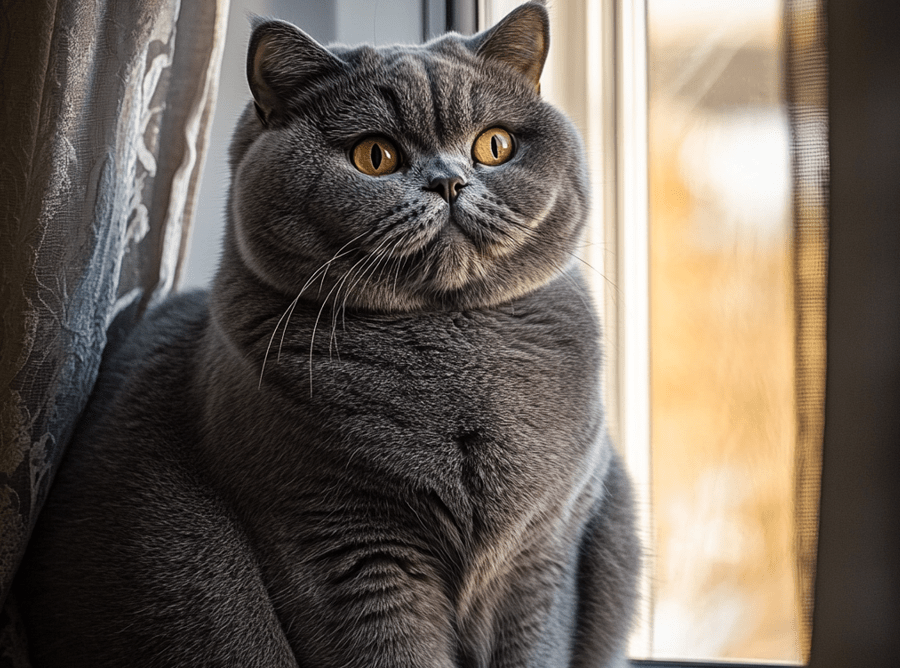
Step 1: Gather the Right Tools
To groom your British Shorthair, you’ll need:
1.A soft-bristled brush or grooming glove for short-haired cats
2.A fine-toothed comb for detangling
3.Cat-safe nail clippers
4.Ear-cleaning solution and cotton pads
5.A damp cloth for face cleaning
6.Cat-friendly toothpaste and toothbrush (optional)
Note: Always use products specifically designed for cats, as human grooming products can be harmful.
Step 2: Brush Their Coat
Brushing is the cornerstone of regular grooming for British Shorthairs. Aim to brush your cat at least once a week, increasing to every other day during shedding seasons.
Technique: Start at the head and work your way toward the tail, brushing in the direction of hair growth. Be gentle to avoid irritating their skin.
Focus Areas: Pay extra attention to areas prone to matting, such as the underbelly, behind the ears, and around the legs.
Frequency: Weekly brushing is sufficient for most British Shorthairs, but daily brushing may be needed during heavy shedding periods.
Step 3: Check and Clean Ears
British Shorthairs can accumulate wax or debris in their ears, which may lead to infections if left unchecked. Inspect their ears weekly and clean them as needed.
Technique: Use a cat-safe ear-cleaning solution and a cotton pad to gently wipe the outer ear. Never insert anything into the ear canal.
Signs of Trouble: Redness, odor, or excessive wax may indicate an ear infection. Consult your vet if you notice these symptoms.
Step 4: Trim Nails
Overgrown nails can cause discomfort or lead to scratching issues. Trim your British Shorthair’s nails every 2–3 weeks.
Technique: Use cat-safe nail clippers and trim only the tip of the nail, avoiding the quick (the pink area inside the nail). If you’re unsure, ask your vet or a professional groomer for guidance.
Tip: Make nail trimming a positive experience by rewarding your cat with treats afterward.
Step 5: Clean Their Face
British Shorthairs have round, expressive faces that may collect dirt or tear stains. Use a damp cloth to gently wipe around their eyes, nose, and mouth.
Tip: Be extra gentle around the eyes, and never use soap or harsh chemicals.
Step 6: Dental Care (Optional)
Dental health is crucial for your British Shorthair’s overall well-being. If your cat tolerates it, brush their teeth with cat-safe toothpaste 2–3 times a week to prevent plaque buildup.
Tip: Introduce dental care gradually, starting with a small amount of toothpaste on your finger before transitioning to a toothbrush.
Step 7: Bathing (As Needed)
British Shorthairs generally don’t require frequent baths, as they are meticulous self-groomers. However, if their coat becomes dirty or oily, a bath may be necessary.
Technique: Use a cat-safe shampoo and lukewarm water. Keep the bath short and calm, and dry your cat thoroughly with a towel.
Frequency: Bathe only when necessary, typically every few months or after a particularly messy incident.
Common Grooming Challenges and Solutions
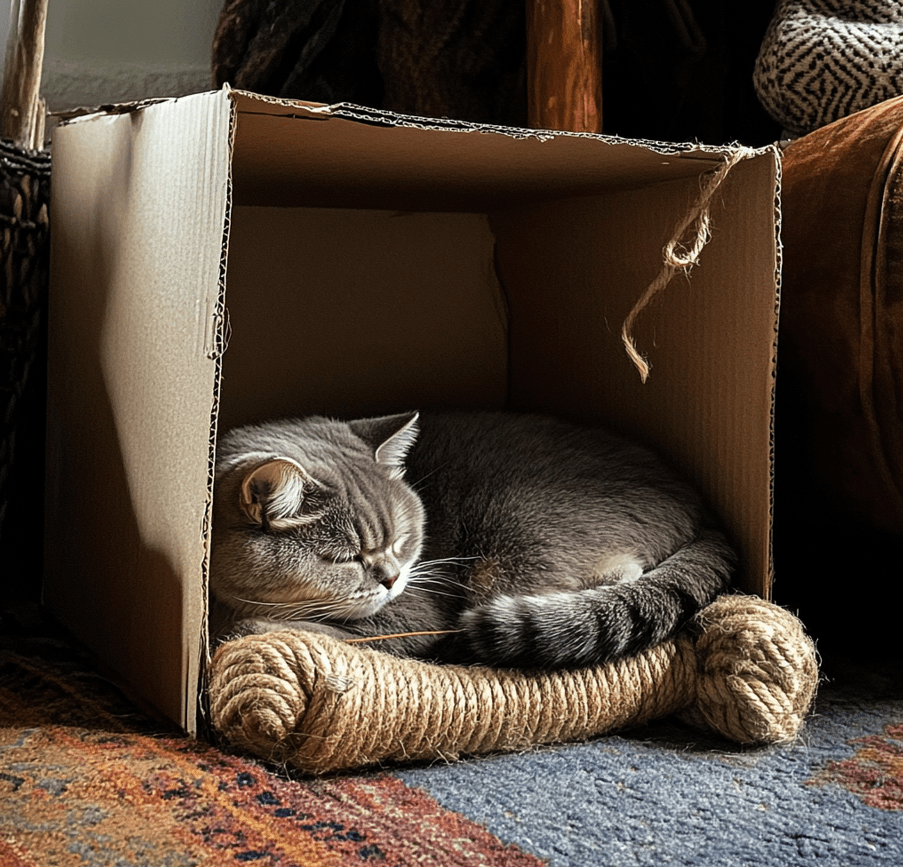
Challenge 1: Your Cat Dislikes Grooming
Some British Shorthairs may resist grooming, especially if they’re not used to it. To make grooming more enjoyable:
1.Start with short sessions (5–10 minutes) and gradually increase the duration.
2.Use treats or toys to create positive associations.
3.Groom in a quiet, comfortable space to minimize stress.
Challenge 2: Excessive Shedding
British Shorthairs shed moderately, but shedding can increase during spring and fall. To manage shedding:
1.Brush more frequently during shedding seasons.
2.Use a deshedding tool designed for short-haired cats.
3.Ensure your cat’s diet includes omega-3 fatty acids to promote a healthy coat.
Challenge 3: Mats or Tangles
Mats can form in areas with dense fur, such as the underbelly or behind the ears. To prevent or address mats:
1.Use a fine-toothed comb to gently detangle small mats.
2.For stubborn mats, consult a professional groomer to avoid hurting your cat.
3.Regular brushing prevents mats from forming in the first place.
Challenge 4: Stress or Anxiety
If your British Shorthair becomes stressed during grooming, try these tips:
1.Use calming pheromone sprays or diffusers in the grooming area.
2.Take breaks if your cat seems overwhelmed.
3.Reward calm behavior with treats or affection.
The Role of Diet and Environment in Grooming
Diet and Coat Health
A balanced diet plays a significant role in maintaining your British Shorthair’s coat. Foods rich in omega-3 and omega-6 fatty acids, vitamins, and minerals promote a shiny, healthy coat and reduce shedding. Look for high-quality cat food formulated for skin and coat health, and ensure your cat stays hydrated.
Tip: Consult your veterinarian to choose the best diet for your British Shorthair’s specific needs.
Environmental Factors
Your cat’s environment can impact their grooming needs. Dust, pollen, or dry air can affect their coat and skin, leading to increased shedding or irritation. Keep your home clean, use a humidifier if the air is dry, and provide a comfortable, stress-free space for your cat.
Tip: Regularly wash your cat’s bedding to remove allergens and keep their coat clean.
When to Seek Professional Grooming
While most grooming tasks can be done at home, some situations may require professional help. Consider a professional groomer if:
1.Your British Shorthair has severe matting or tangles.
2.Your cat is extremely resistant to grooming.
3.You’re unsure how to safely trim nails or clean ears.
4.Your cat needs a sanitary trim (around the hindquarters).
Professional groomers are trained to handle cats gently and can provide specialized services, such as lion cuts or medicated baths, if needed.
Tip: Choose a groomer experienced with cats, ideally one familiar with the British Shorthair breed.
Conclusion
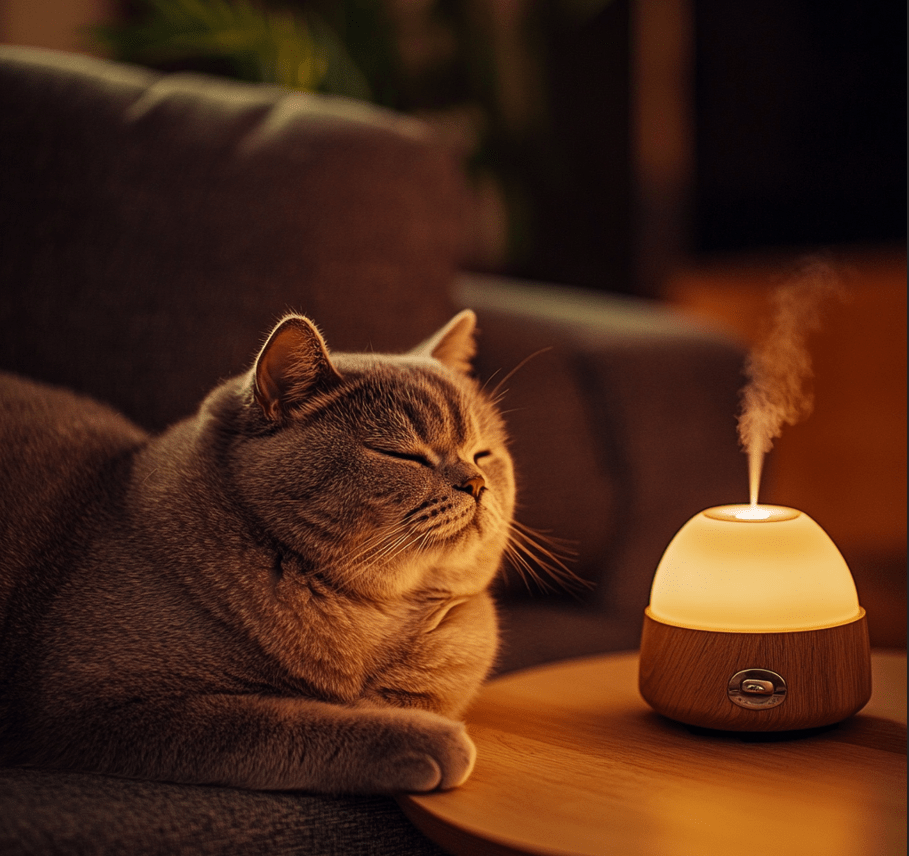
Regular grooming for your British Shorthair is a vital part of their care routine, offering benefits that go far beyond aesthetics. By keeping their coat healthy, reducing discomfort, and fostering a stronger bond, grooming enhances your cat’s mood and overall quality of life. With the right tools, techniques, and a little patience, you can make grooming a rewarding experience for both you and your feline companion.
Start incorporating regular grooming into your British Shorthair’s routine today, and watch them thrive with a shiny coat, a happy demeanor, and a deeper connection with you. By prioritizing their grooming needs, you’re ensuring they live a comfortable, joyful life as the charming, cuddly cat they were born to be.

